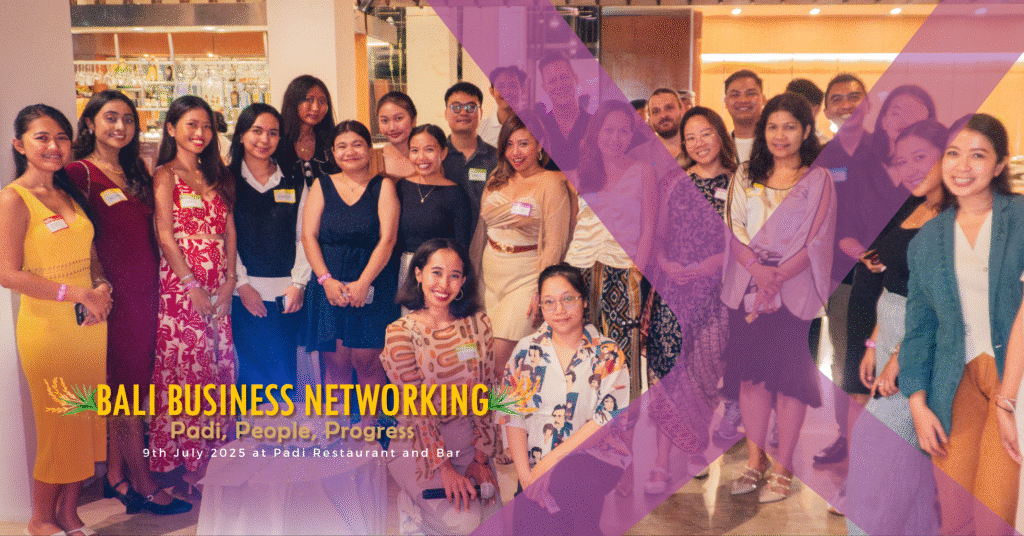Traditional Balinese dances performance is a mesmerizing blend of storytelling, intricate movements, and colourful costumes, accompanied by the soulful melodies of the gamelan orchestra. These dances are not mere entertainment; they are a window into Bali’s rich history, deeply rooted in spirituality and storytelling.
Whether you’re a seasoned traveller or a first-time visitor, experiencing a Balinese traditional dance in Bali performance is a must-do. This article will be your guide exploring the diverse forms of Balinese dance, their cultural significance, and where to find the best performances.
Kecak, ‘The Fire Dance’ (Must-see Dance in Bali)

Kecak, also known as the “monkey or fire dance,” is a mesmerizing spectacle featuring a chorus of male dancers chanting “cak” in rhythmic unison, accompanied by synchronized movements and dramatic storytelling. Originating from the Sanghyang trance dance, Kecak often retells episodes from the Ramayana, such as the abduction of Sita by the demon king Ravana. The rhythmic chanting and hypnotic movements create an immersive experience that transports audiences to another realm of dance of Bali.
Legong Dance

Legong is perhaps the most iconic of Balinese dances, characterized by intricate footwork, delicate hand gestures, and elaborate costumes. It typically features young female dancers portraying celestial nymphs or palace maidens dance forms, accompanied by a gamelan orchestra. The Legong dance often tells stories of love, loyalty, and divine intervention, captivating audiences with grace and beauty as part of Balinese culture.
Barong and Kris Dance

The Barong and Kris Dance is a dynamic performance that depicts the eternal struggle between good (represented by the Barong, a mythical lion-like creature) and evil (portrayed by the witch Rangda). This dramatic entertainment dance narrative unfolds through a series of choreographed movements, culminating in a battle scene where the Barong dance drama triumphs over Rangda, symbolizing the sacred dance of the eternal cycle of life and death.
Topeng Dance

Topeng’s roots can be traced back to the 17th century. It’s believed to be linked to the veneration of ancestors, where dancers acted as conduits between the spirit world and the living. Over the centuries, Topeng evolved into a performance art form that not only honours the past but also entertains and educates audiences. Topeng’s heart lies in the intricate masks worn by the dancers. Crafted from wood or leather, these masks are meticulously carved and painted, each one depicting a specific character. From the noble “Topeng Manis” (refined king) to the comical “Topeng Tua” (old man), the masks breathe life into the stories being portrayed.
Pendet

Pendet is a ceremonial Balinese people dance performed as a gesture of welcome and hospitality during temple rituals and religious ceremonies. Many Balinese dancers gracefully move in unison, scattering flower petals as offerings to the gods. Pendet exemplifies the spiritual devotion to dance movements and reverence deeply ingrained in Balinese culture, inviting participants to connect with the divine through movement and ritual.
The Cultural Significance Behind Balinese Dance
Balinese dance transcends mere entertainment. It is a vital part of the island’s social and spiritual fabric. Here’s how:
Maintaining Harmony
Dances like Kecak in Bali are connected to Hindu or traditional folk rituals. This form of dance is a must to experience culture Bali.
Storytelling and History
Traditional dances like Legong and Gambuh preserve ancient myths, legends, and historical narratives, passing them down through generations.
Community Expression
Village dances like Joged create a sense of togetherness and celebrate life’s joyous occasions.
Artistic Training
Dance training in Bali begins at a young age, fostering discipline, artistic expression, and a deep respect for tradition.
Experiencing the Magic: Where to See Balinese Dance Performances
Traditional Balinese dance performances can be found throughout the island, from village temples to dedicated performance venues. Here are some popular options:
Ubud

Renowned as Bali’s cultural heart, Ubud offers numerous opportunities to see dance performances. The Puri Saren Palace and the Ubud Palace regularly host Legong and Barong performances.
Batubulan

This village is famous for its Barong Ket and Kris Dance performances, depicting the eternal battle between good and evil. These Balinese dancers express the stories of ancient dance traditions.
Uluwatu and Tanah Lot Temple
Witnessing a Kecak Dance performance at sunset against the backdrop of this iconic seaside temple is an unforgettable experience.
Tips for Enjoying a Balinese Dance Performance
-
Dress respectfully: Opt for lightweight clothing that covers your shoulders and knees.
-
Arrive early: Seating at some venues can be limited, so arriving early ensures a good spot.
-
Offer a donation: Most venues accept small donations to support the performers.
-
Respect the performance: Refrain from talking or using flash photography during the dance.
-
Embrace the experience: Allow yourself to be captivated by Balinese dance’s colours, mesmerizing movements, and profound cultural significance.
The Tourism Factor of Bali Entertainment Dance
Tourism also plays a significant role in the preservation and promotion of traditional Balinese dances, as these performances attract visitors from around the world seeking authentic cultural experiences. While tourism has undoubtedly contributed to the popularity and accessibility of Balinese dances, there is a delicate balance to strike between commercialization and cultural authenticity.
Responsible tourism practices, such as supporting local dance troupes, attending community-led performances, and engaging in immersive cultural experiences, can help sustain traditional Balinese dances while respecting the cultural integrity of the island.
Experience The Dance of Bali To The Fullest!
While the visual spectacle of Balinese dance is undeniable, it’s important to remember the deeper meaning behind these performances. By attending a dance performance, you’re not just watching a show; you’re connecting with Bali’s rich cultural heritage, its spiritual beliefs, and the artistic traditions that have been passed down for centuries. So, the next time you find yourself in Bali, make sure to include a traditional dance performance on your itinerary. You’ll be rewarded with an experience that is both visually stunning and culturally enriching.


































